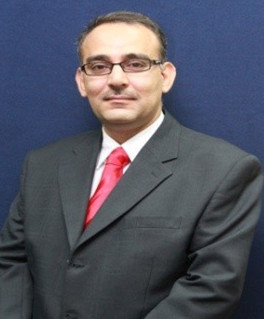Abstract—Insulation materials can play a significant role not only in supporting essential savings in operating costs but also in decreasing the environmental load of the building stock. This paper presents an integrated energy, cost and environmental life-cycle analysis for three types of insulation material [polyurethane (PUR), extruded polystyrene (XPS) and expanded polystyrene (EPS)] applied to a Portuguese reference building for single-family houses. The insulation materials were considered in external thermal insulation composite systems (ETICs). The seasonal calculation method was implemented to calculate operational energy. Life-cycle costing was employed following the net present value method. Alternative heating systems (heat pumps vs electric heaters) were assessed and a sensitivity analysis was performed to analyze the influence of the discount rate (5 and 7%) and building lifespan (30 or 50 years). The results of comparative assessment showed that the net present value gained by EPS along 50 years lifespan of the building was 16% more than XPS with the lowest value, and the required energy as well as global warming impact caused by XPS was approximately 9% more than PUR with the lowest value. The results also indicated that changing the heating system from electric heater to heat pump, decreased energy required for space heating by 10%, and increasing the discount rate from 5 to 7% caused the reduction of total net savings from 31% (EPS) to 41% (PUR). In addition, reduction of the building lifespan from 50 to 30 years decreased total net savings from 23% (EPS) to 28% (XPS). The results provide useful insight for building design decisions, energy management policies, etc., supporting the identification and prioritization of those parameters, in order to improve building performance.
Index Terms—Life-cycle assessment, life-cycle cost analysis, sensitivity analysis, thermal insulation material.
Seyedeh Shiva Saadatian is with the Mechanical Engineering Department of University of Coimbra, Portugal (e-mail: shivasaadatian@student.dem.uc.pt).
Fausto Freire is with ADAI-LAETA, Department of Mechanical Engineering, University of Coimbra, Portugal (e-mail: fausto.freire@dem.uc.pt).
Nuno Simões is with CICC - Construction Sciences Research Unit, Civil Engineering Department of University of Coimbra, Portugal (e-mail: nasimoes@itecons.uc.pt).
[PDF]
Cite:Seyedeh Shiva Saadatian, Fausto Freire, and Nuno Simões, "Comparative Life-Cycle Analysis of Insulation Materials in A Dwelling, Addressing Alternative Heating Systems and Life Spans," Journal of Clean Energy Technologies vol. 4, no. 6, pp. 462-465, 2016.


